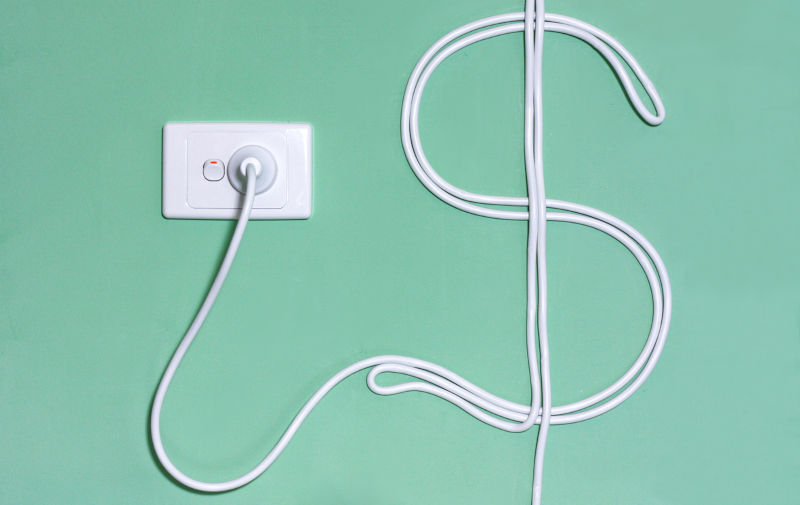Power meltdown: putting Australia’s energy transition back on track
September 6, 2023
We know Australia’s got a problem when a cautious, technical, energy market operator says: “Imminent and urgent investment is needed, or the reliability of the NEM [National Electricity Market] will be at risk.” More broadly, Australia’s energy transition is at risk. But the federal government has the challenge and the opportunity to get things back on track.
The above words are the central message from the Australian Energy Market Operator’s 2023 10-year reliability outlook. Even more dramatic, and treated as such by the media, was the report’s forecast that Victoria and South Australia would, this coming summer, face reliability risks higher than the relevant reliability standard.
It’s quite likely the grid will withstand this summer if maintenance is done to keep the old coal clunkers running and the gas peaking plants are ready for times of highest demand. The NEM also has a reserve mechanism – big energy users can be paid to reduce their electricity consumption during peak demand periods on the hottest days.
If the AEMO report wasn’t enough, it was released at a time when the government’s targets for power bill cuts, emissions reduction, and renewables growth are all looking very difficult to deliver.
At the centre of the government’s challenge is a witches’ brew of bad fortune, questionable analysis, and commitments made without compelling delivery plans.
Labor won the May 2022 federal election just as the reality of the impact of the Ukraine war and a looming tightening of international coal and gas markets was about to hit Australia’s energy sector. The new government weathered an unprecedented energy crisis and made the right political and economic calls to avoid energy shortages and reduce the potential price impacts on consumers. Those pressures have yet to fully abate.
The ongoing price pressure has thrown into doubt Labor’s pre-election promise to cut power bills “for homes by $275 a year by 2025, compared to today”. Since then, power prices have only gone up for most homes and businesses.
The pre-election price commitment was part of Labor’s plan that it forecast would reduce Australia’s greenhouse gas emissions by 43 per cent below the 2005 level by 2030. This target was subsequently legislated. The target was underpinned by intentions to increase renewables’ share of power generation to 82 per cent and to revise the Coalition’s Safeguard Mechanism, thereby reducing industrial emissions by about one-third, both by 2030.
Mid-way through the government’s first term, these targets look more than challenging. For example, renewables’ share mid-2023 has reached only 35 per cent. We can at least be optimistic that the government’s revisions to the Safeguard will stick.
The supporting analysis behind these figures was described by Labor at the time as the most extensive independent modelling ever carried out for an Opposition. Although the details of this economic modelling were never published, it appears that the assumptions behind the analysis have proven optimistic to say the least.
But this isn’t what AEMO’s warning is really about. It’s about transmission lines and our sluggish pace of investment.
There’s no shortage of solar and wind resources in Australia. And there’s no shortage of potential new renewable projects. But the great renewable build is stalling, not because there’s no demand for cheap power, but because regulatory approvals are too slow and there’s no way yet to get the power to the cities and heavy industries.
We have pretty much connected wind and solar farms where the existing grid had capacity, hence the idea of building new renewable energy zones. What’s more, a high-renewables grid means building more interconnectors between states to balance the inevitable variability in renewable output across the states.
It is hardly surprising that farmers and communities are resisting many of the new transmission lines. And the costs are escalating at a truly scary rate.
If we had the luxury of time, it might be possible to secure community support. But we don’t. The Intergenerational Report has given us a glimpse of what Australia would look like with unmitigated climate change. An El Nino summer may be a stark preview. Coal generators are being closed, and no new coal is going to replace them. The barrier between us and a clean energy future is getting transmission and storage built, fast.
Our governments can and should do three things. Firstly, they should implement an electricity sector policy to reduce emissions consistent with net zero. This will be made harder by the need for the federal government to set a 2035 national target, most likely before the next election. Best candidates would be a revision of the electricity sector’s share of the Safeguard Mechanism to become a binding constraint, or an extension of the Renewable Energy Target.
Secondly, some very tough calls must be made on building the priority transmission links for the NEM grid. A different governance structure with stronger authority and financing support, and supported by all the governments, may be the only way forward. The Integrated System Plan was a good idea, but a set of modelled scenarios is not enough.
Thirdly, the Energy and Climate Change Ministerial Council should reach agreement on policy to maintain reliability. Whether that is a NEM-wide capacity mechanism, state-based capacity auctions, or simpler arrangements such as strategic capacity reserves, is less important than reaching agreement and getting on with it.
The federal minister, Chris Bowen, has demonstrated the capacity to set the vision, and he secured headline jurisdictional solidarity via the Energy Transformation Partnership. Delivery will require coordinated commitment and cooperation with the states that we have not seen to date.
Failure cannot be contemplated.

